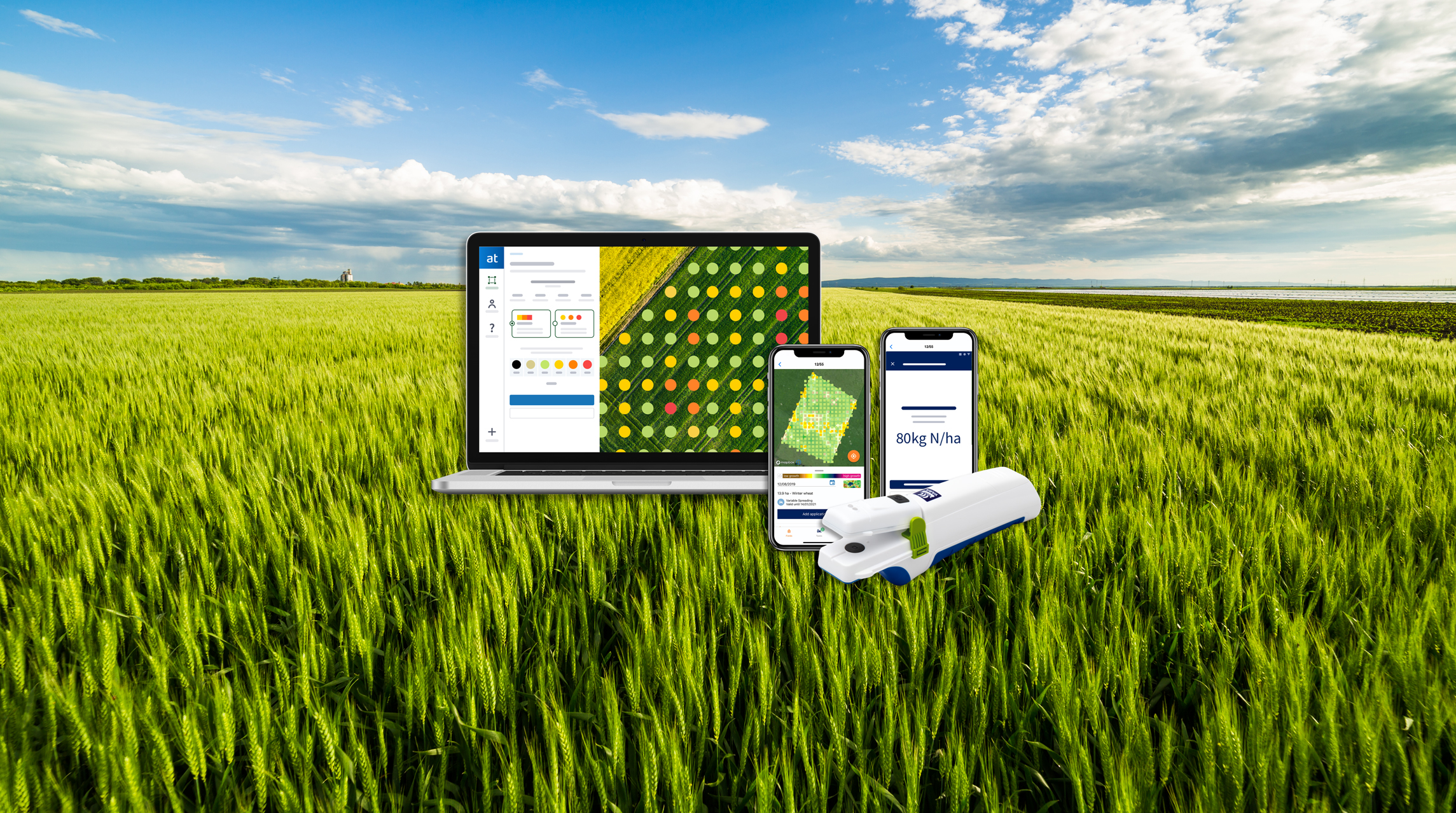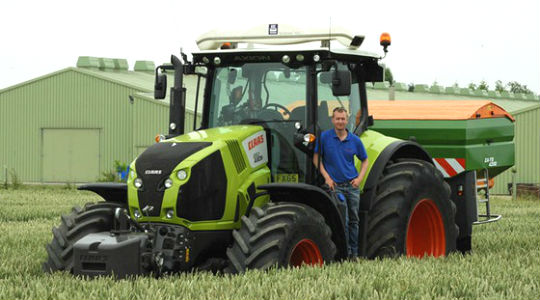Analysis suites for potato crops
Analysis gives valuable information required to manage potato production in an efficient, cost-effective and sustainable way.
Soil analysis provides fundamental knowledge on the chemical, physical and biological status of soil. This information is used to manage the soil and to develop an effective Nutrient Management Plan that optimises potato productivity.
Petiole analysis is used to monitor the performance of the nutrient management plan and make targeted applications to address in-season nutritional limitations.
| Potato analysis packages are tailored to provide the best information for crop management. Analysis reports provide interpretations of the results compared to benchmark levels and gives recommendations, where appropriate, to address any limitations. |
Hannah Shirt
Business Development Manager - Analytical Services
North of England, Scotland and Ireland
FACTS Qualified Advisor (FQA)
What to analyse?
Most of the work, and cost, of analysis, is in the sampling and in the transport of the sample to the laboratory, once the sample has arrived it makes sense to get as much information as possible.
Soil analysis
Broad-spectrum extra + Solvita
This package provides a full picture of the soil’s overall health; physical, chemical and biological, and therefore the potential for producing high yielding, high quality crops.
Parameters included: P, K, Ca, Mg, S, B, Cu, Fe, Mn, Mo, Zn, pH, CEC, Organic Matter, Sand %, Silt %, Clay % and soil texture classification, plus the Solvita CO2 respiration test, microbial mass, C:N ratio, a Potential Mineralisable Nitrogen estimation and a soil health score.
Other soil analyses
There is also a wide range of other soil analyses available, more information on these can be found here.
Leaf and tissue analysis
Petiole analysis (SA11)
Petiole sampling is used to assess and predict in-season nutrient status. Plants should be sampled every 7 to 10 days beginning about 4 weeks after emergence and ending about 3 weeks before vine-kill
Nutrients included: NO3, P, K, Ca, Mg, S, B, Mn, Zn
Peel analysis
Tuber peel analysis is a useful means of assessing calcium levels in tubers – calcium tends to concentrate in or just under the potato peel. However, as yet no standards for peel nutrient concentrations have been established.
Other tissue analyses
There is also a wide range of other leaf and tissue analyses available, more information on these can be found here.
Organic materials for spreading
Complete organic (SA7c or SA7d)
This package is suitable for both solid and liquid materials and provides a full picture of the nutrient content of the material to be applied.
Parameters included: Total N, Ammonium-N, Nitrate-N, P, K, Mg, Ca, S, Cu, Zn, Dry Matter, pH
Potato Cyst Nematode Analysis (PCN)
Analysis is an integral part of an integrated strategy that is required to protect potato land from building PCN populations and can influence rotation width, variety choice and chemical or biological control measures.
Parameters included: Cyst and egg counts
Heavy metal
Heavy metal contamination (SA8)
The contamination of produce with heavy metals may pose a risk to human and/or animal health. This analysis package provides a check for any possible levels of contamination.
Nutrients included: Pb, Ni, As, Cd, Cr, Hg, Cu, Zn
Sampling procedures
Soil analysis
As a general rule, fields up to 10 Ha (25 Acres) in area can be sampled as one unit, providing each field is uniform e.g. with regard to soil type, past cropping, lime and fertiliser usage. Fields created by hedge removal are unlikely to be uniform.
Individual samples, whether of soil, leaves or fruit, should be taken along a carefully well-planned route across the field. The ‘W-pattern’ sampling path is adaptable to most shapes of field.
Start away from the gate, and avoid all areas which are not representative of the field as a whole such as head-lands, hedges, ditches, footpaths, fences, telegraph poles, sites of bonfires, fertiliser, lime or manure dumps.
Large fields, and fields that are not uniform, should be subdivided and each part sampled separately. Use a clean auger, hand trowel or spade (preferably chromium-plated or of stainless steel). Carry a plastic bucket.
We recommend at least 20 sampling guidelines samples, taken at regular intervals along the sampling path. Do not skimp on this number, even in small fields or areas.
At each of the sampling sites, take a sample to a depth of 15 cm (6”) for arable or 7.5 cm (3”) for grass, and place in a bucket. Thoroughly mix all samples, avoiding spillage.
Tissue analysis
Select a sampling path as described previously. At each sampling site take several leaves at the same stage of development* Avoid bruising or tearing the leaves, and do not include leaves showing pest, disease or other damage. Avoid dusty or soil contaminated plants. Mix the leaves thoroughly, and take approximately 200 g or two handfuls. If the leaves are wet, blot them dry with clean absorbent material.
When sampling potatoes, standard practice is to sample the youngest mature compound leaf (leaflet and petiole) early in the season from 30 plants. This corresponds to the fourth or fifth leaf from the top of the plant.
In mid-season, the 30 – 40 petioles are collected from the first fully expanded new leaf. The petioles should be bulked together from a range of locations in any field.
Take care when sampling for copper, zinc and manganese to avoid sampling leaves that have recently been sprayed with fungicides as they may be formulated with these elements and so give misleading analysis results.
Potato petiole analysis
Choose the youngest fully expanded leaf (usually 4th) at a stage no earlier than 10% flowering. For each complete leaf, separate the leaflets from the petiole, and discard the leaflets as soon as possible after sampling. Keep samples in a cool dark place, and send to the lab
immediately.
Potato cyst nematode (PCN)
Because nematodes are seldom evenly distributed across a field the sampling procedure for PCN needs to be more thorough. At least 50 cores must be taken evenly from an area of no more than 7.5 acres (4 hectares). All the cores & approximately 1-2kg of soil are then sent
to the laboratory
Sampling equipment
If you need any sampling equipment or packaging please complete our contact form with details of what is required.
Related articles























































